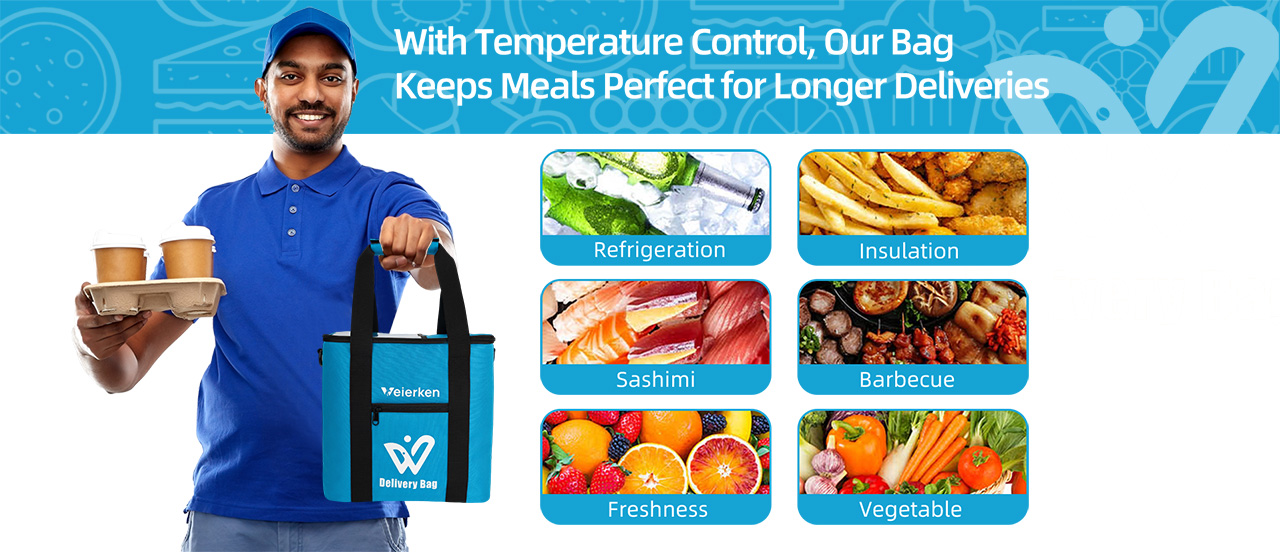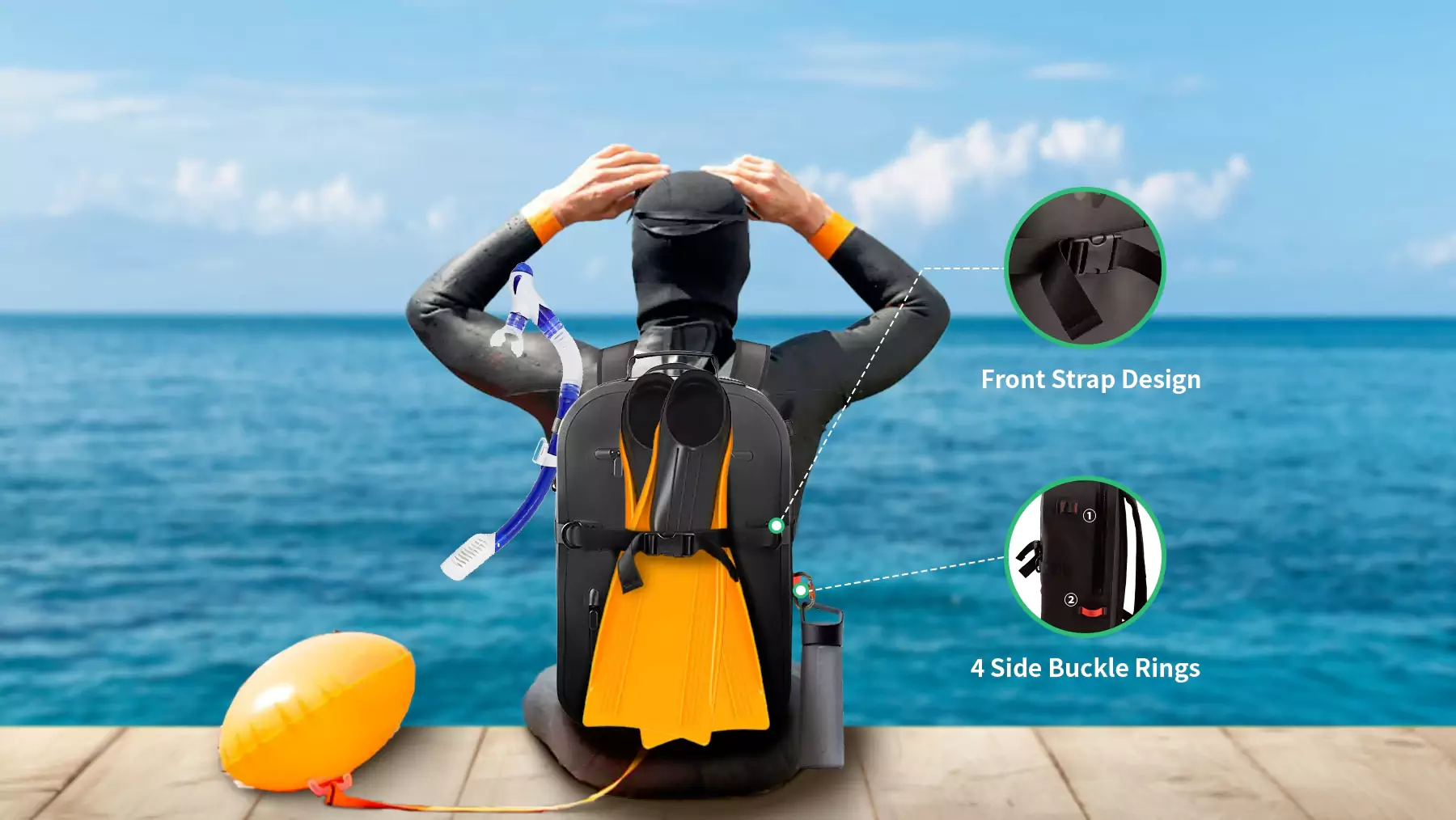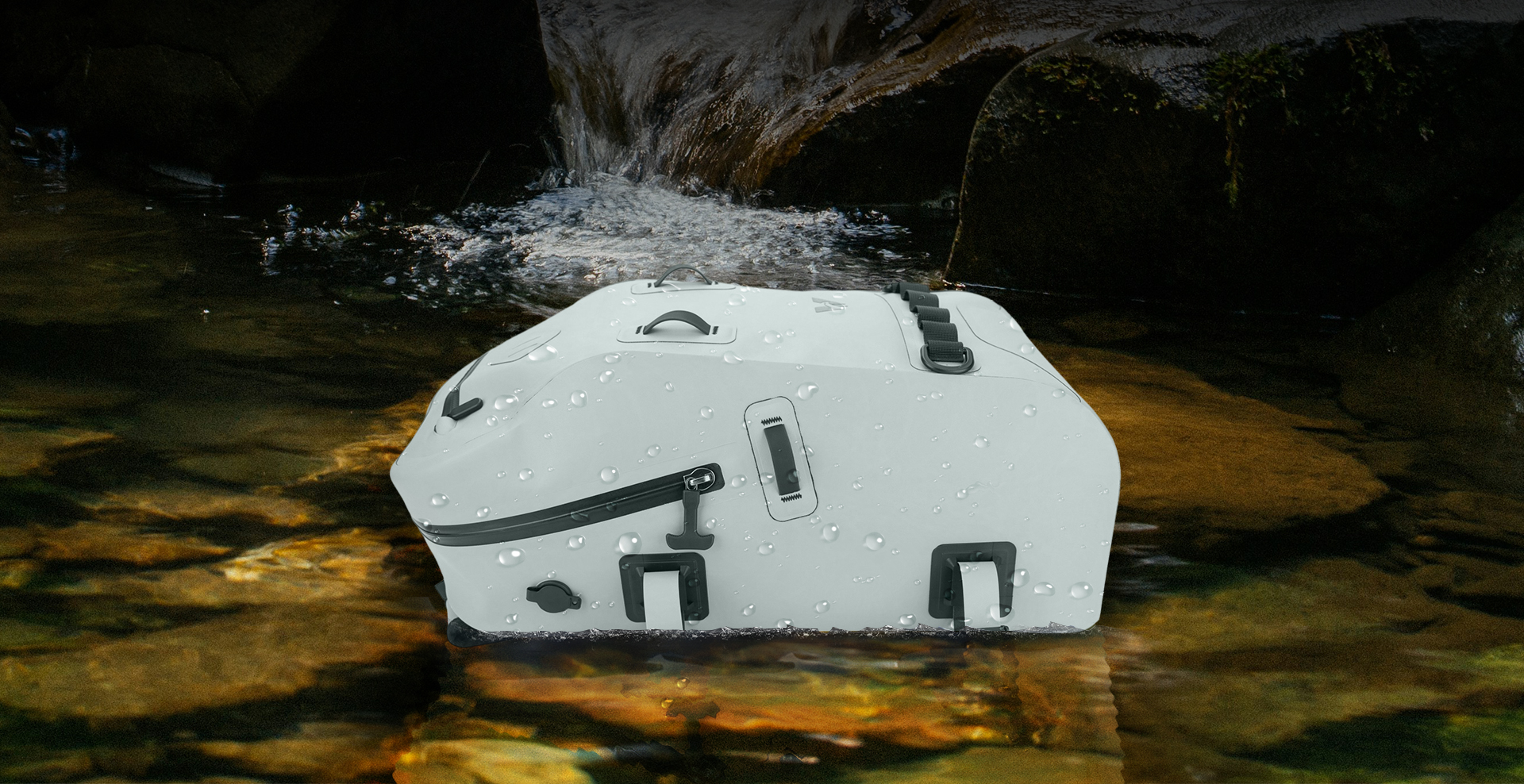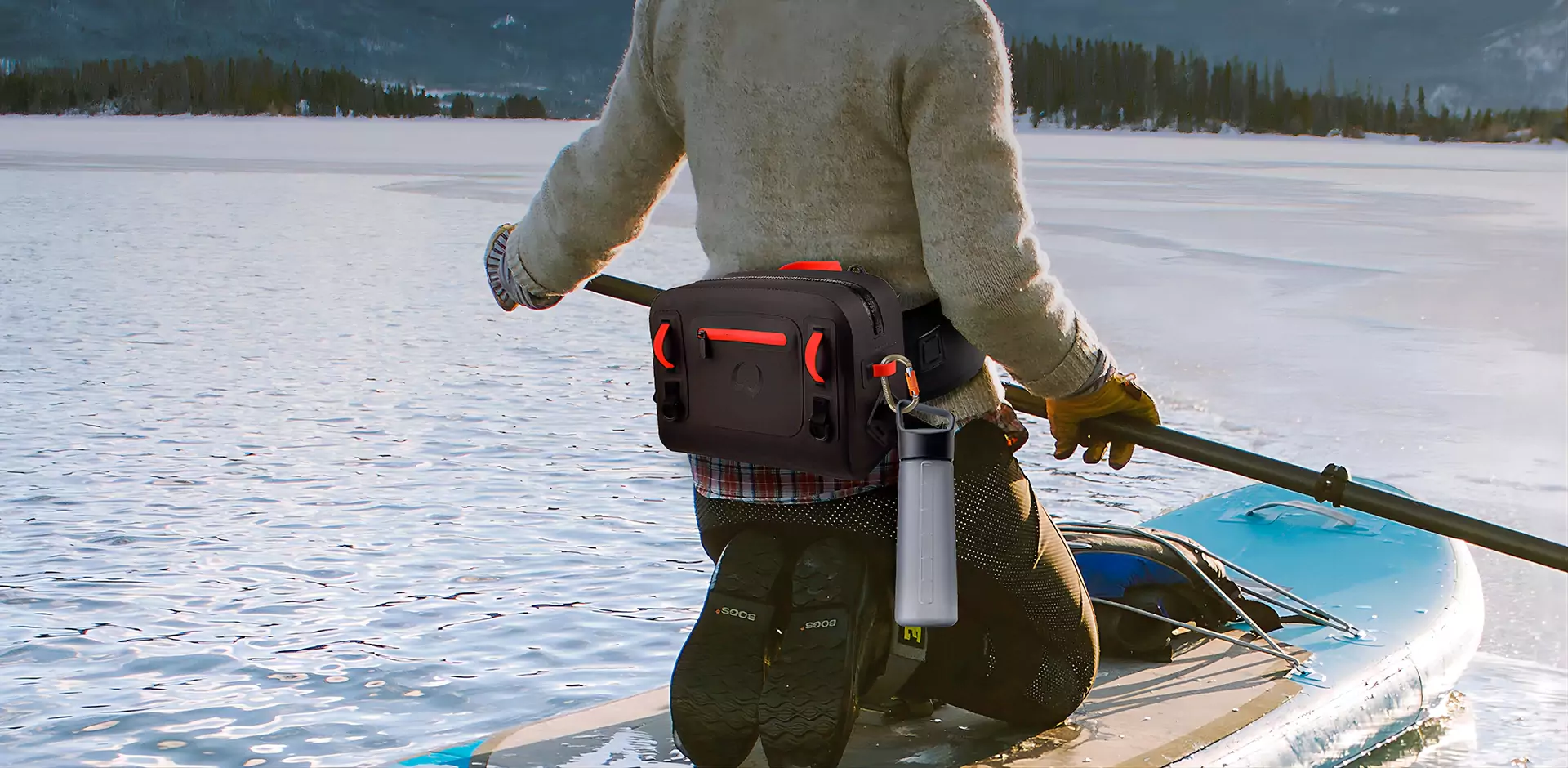Imagine a mining site, where tons of sharp-edged, heavy ore need to be transported. Or a chemical plant, where hygroscopic powders must be protected from moisture at all costs. Now, imagine the financial and operational chaos when the bags containing these materials fail—ripping, tearing, and spilling their valuable contents. This is the daily reality that a wear resistant bag distributor is designed to prevent. Far more than just a middleman, a specialized distributor acts as a critical link in the industrial supply chain, connecting manufacturers of ultra-durable packaging with businesses whose operations depend on it. In this guide, we’ll dissect the vital role of these distributors, focusing on how they deliver not just products, but resilience, safety, and cost-efficiency to hard-working industries. Companies like Weierken have built their entire value proposition on this foundation of unwavering durability.
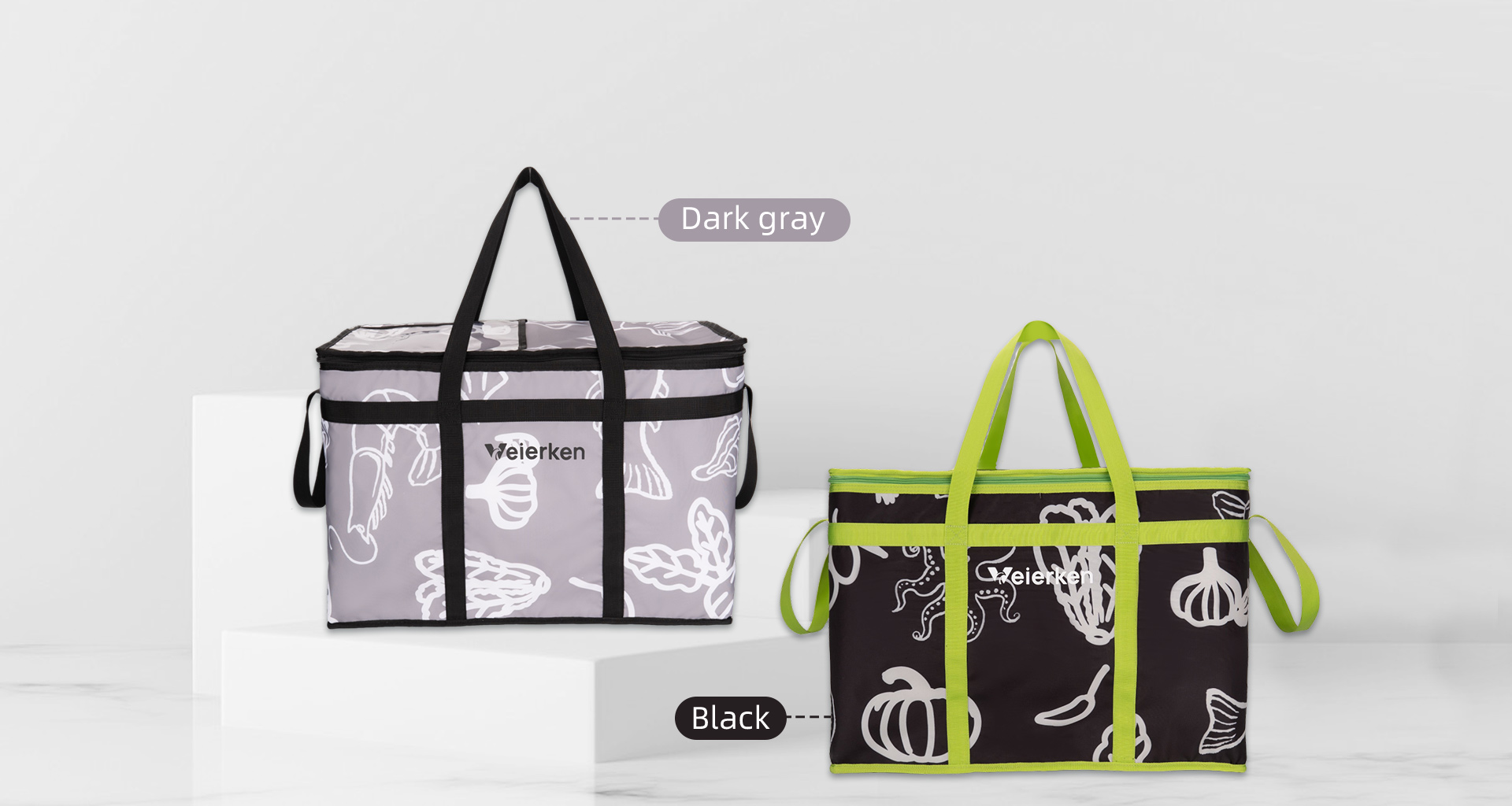
Industry Positioning and Value Proposition: The Strategic Partner in Your Supply Chain
A wear resistant bag distributor does not simply sell bags; they provide a durability-focused packaging solution. Their role is strategically positioned between specialized manufacturers and a diverse range of B2B clients in sectors like mining, construction, agriculture, and chemicals.
The core value proposition is threefold:
- Economic Efficiency: While the initial cost of a wear resistant bag might be higher than a standard alternative, its extended lifespan and reduced failure rate lead to significant long-term savings. This reduces costs associated with product loss, cleanup, and frequent repurchasing.
- Operational Safety and Continuity: Bag failure isn’t just messy; it’s dangerous. It can create safety hazards, cause production delays, and halt logistics operations. Durable bags ensure a smoother, safer, and more reliable workflow.
- Expert Guidance: A proficient distributor brings deep material and application knowledge. They act as consultants, helping clients select the right bag construction for specific abrasive materials, harsh environmental conditions, and handling systems. This expertise is where partners like Weierken distinguish themselves, offering tailored advice that generic suppliers cannot.
Product Technology and Material Innovation: The Science of Durability
The performance of a wear resistant bag is not accidental. It is the result of deliberate engineering in materials science and structural design.
Advanced Materials for Extreme Conditions
- Reinforced Polypropylene (PP) and Polyester (PET): These are the workhorses of the industry. Standard woven polypropylene is often insufficient for highly abrasive materials. Distributors like Weierken source bags made from high-tenacity, UV-stabilized PP and PET yarns, which offer superior tensile strength and resistance to stretching, abrasion, and weathering.
- Specialty Coatings and Laminations: A base fabric is just the start. Coatings such as Polypropylene (PP) or Polyethylene (PE) are applied to create a barrier. This enhances the bag’s resistance to moisture, chemicals, and tearing. The coating fills the gaps between the woven threads, creating a semi-impermeable layer that also significantly boosts the bag’s overall structural integrity.
- Composite Fabrics: For the most demanding applications, multi-layer fabrics or composites are used. These might combine a robust outer layer for abrasion resistance with a coated inner layer for containment, creating a bag that is exceptionally tough from all angles.
Engineering for Strength and Longevity
Material choice is complemented by intelligent design:
- Seam Engineering: The seam is often the weakest point. High-frequency welding or double-stitched seaming with synthetic threads ensures that the seams can withstand stress levels comparable to the fabric itself.
- Reinforced Lifting Points: For FIBCs (Flexible Intermediate Bulk Containers) or other large bags, lift loops are critical. These are reinforced with extra layers of fabric and strategic stitching patterns to handle dynamic loads during crane or forklift handling.
- Baffle Design: In FIBCs, internal or external baffles are used to stabilize the bag’s structure when filled, preventing bulging and reducing stress on the seams and fabric.
B2B Client Collaboration Model: Beyond the Transaction
The relationship between a business and its wear resistant bag distributor is inherently collaborative, built on understanding specific operational needs.
- Customization as Standard: Off-the-shelf solutions are rarely optimal. A leading distributor will offer extensive customization. This includes tailoring bag dimensions, fabric weight, coating type, and features like spouts, liners, or specific discharge mechanisms. Weierken, for instance, works closely with clients to engineer bags that integrate seamlessly into their existing filling and handling lines.
- Bulk Procurement and Scalability: These distributors are equipped to handle large-volume orders, ensuring consistent supply for continuous industrial operations. They offer scalable solutions that grow with your business, backed by reliable inventory management.
- Supply Chain Stability: In a globalized economy, supply chain disruptions can be catastrophic. A reliable distributor mitigates this risk by maintaining strategic stock levels and fostering strong relationships with multiple manufacturers to ensure a steady flow of products.
- Technical and After-Sales Support: The service doesn’t end at the point of sale. Quality distributors provide comprehensive support, including technical data sheets, sample testing, and on-site consultation to troubleshoot application challenges.

Application Scenarios and Industry Case Studies
The true test of a wear resistant bag is on the front lines of industry.
- Mining and Minerals: Transporting metal ores, coal, and aggregates. Here, bags face extreme abrasion and heavy loads. A case study from a copper mine showed that after switching to a premium wear resistant FIBC from a trusted distributor, their bag failure rate dropped by over 90%, drastically reducing material loss and site contamination.
- Agriculture: Packaging for fertilizers and animal feed. These materials can be corrosive and hygroscopic. A coated wear resistant bag prevents caking, maintains nutrient integrity, and withstands the rigors of outdoor storage and transport.
- Construction: Storing and moving cement, sand, and other building materials. On a construction site, bags are subjected to rough handling, dragging, and variable weather. Durable bags prevent moisture ingress and tearing, ensuring the quality of the construction materials until the moment of use.
- Chemicals: Containing powdered chemicals, pigments, and plastics. Safety and containment are paramount. A chemical manufacturer reported that by partnering with Weierken for custom-designed bags with specific chemical-resistant coatings, they eliminated leakage during international shipping, enhancing safety and compliance.
Sustainability and the Green Trend
The modern B2B buyer is increasingly driven by ESG (Environmental, Social, and Governance) principles. The wear resistant bag distribution sector is actively responding.
- Circular Economy: The inherent durability of these bags supports a “reuse” model. Many wear resistant FIBCs are designed for multiple trips, significantly reducing the waste generated by single-use packaging.
- Recyclable Materials: Distributors are now offering bags made from monomaterials (e.g., 100% polypropylene), which are far easier to recycle than complex multi-material composites. This allows end-users to responsibly manage the product at the end of its life.
- Reduced Footprint: By minimizing product loss and the frequency of packaging replacement, wear resistant bags contribute to a lower overall environmental footprint for the businesses that use them. Distributors who prioritize these options, like Weierken with their focus on long-lifecycle products, are aligning with the green procurement policies of their B2B clients.
Market Trends and Strategic Procurement Advice
The global market for industrial bulk packaging is evolving, with a clear trend towards higher performance and smarter solutions.
Key Market Trends
- Rising Demand in Emerging Economies: Rapid industrialization in regions like Asia-Pacific is fueling demand for robust packaging solutions.
- Integration of Smart Technologies: We are seeing the emergence of bags with RFID tags or QR codes for better inventory and supply chain tracking.
- Focus on Lightweighting: Innovation in materials is leading to bags that are lighter yet just as strong, reducing shipping costs and material usage.
A Buyer’s Guide to Selecting a Distributor
When procuring wear resistant bags, a strategic approach is essential.
- Evaluate Technical Capability: Don’t just ask for a price list. Inquire about their technical support, ability to provide material samples, and knowledge of your specific industry.
- Test Product Performance: Request samples and conduct your own tests. Perform trial runs with your actual materials and under your real handling conditions to assess abrasion resistance, UV stability, and seam strength.
- Audit Supply Chain Reliability: Ensure the distributor has a proven track record of on-time delivery and can handle your required volumes without disruption.
- Analyze Total Cost of Ownership (TCO): Look beyond the unit price. Factor in the cost of bag failures, product loss, and handling efficiency. A slightly more expensive, high-performance bag often has a far lower TCO.
- Assess Sustainability Credentials: Ask about the recyclability of their products and any initiatives around circular economy models.
In conclusion, a wear resistant bag distributor is an indispensable partner for any business operating in a demanding industrial environment. They provide the expertise, innovative products, and supply chain assurance needed to protect valuable materials and ensure operational integrity. As industries continue to push the limits of efficiency and sustainability, the role of specialized distributors will only become more critical. By choosing a knowledgeable partner focused on durability, such as Weierken, businesses invest not just in packaging, but in the resilience of their entire operation.
Frequently Asked Questions (FAQs)
Q1: What exactly does a wear resistant bag distributor do that a general packaging supplier doesn’t?
A1: A specialized wear resistant bag distributor focuses exclusively on high-durability packaging solutions for abrasive and demanding materials. Unlike a general supplier, they possess deep technical expertise in material science, offer extensive customization, and understand the specific operational challenges in sectors like mining and chemicals. They act as technical consultants, not just vendors.
Q2: How can I verify the durability claims of a wear resistant bag before making a large purchase?
A2: A reputable wear resistant bag distributor should be willing to provide material samples and certified test reports (e.g., for tensile strength, abrasion resistance). We recommend you conduct your own field trials by filling sample bags with your product and subjecting them to your standard handling and storage conditions to assess real-world performance.
Q3: Are wear resistant bags like FIBCs a cost-effective choice for my business?
A3: Absolutely. While the initial investment is higher, the long-term savings are substantial. A quality wear resistant bag drastically reduces costs associated with product loss from rips and tears, cleanup, and the constant repurchasing of inferior bags. The return on investment is often clear after just a few use cycles.
Q4: Can these bags be customized for unique shapes or specific filling systems?
A4: Yes, customization is a core service of a professional distributor. They can engineer bags in non-standard dimensions, with specific filling spouts, discharge mechanisms, lift-loop configurations, and even printed with your branding or handling instructions to integrate perfectly with your logistics.
Q5: What are the sustainable options available from a wear resistant bag distributor?
A5: The market is increasingly green. A forward-thinking distributor will offer bags made from recyclable monomaterials and promote a circular model by providing bags designed for multiple reuses. This helps B2B clients meet their ESG goals and reduce packaging waste.



